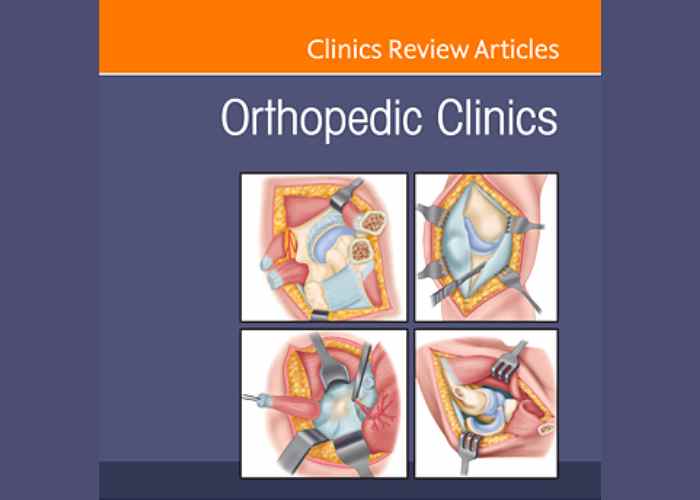Treatment of Anterior Midtibial Stress Fractures
An anterior midtibial stress fracture is an uncommon and difficult injury to treat. When a transverse radiolucent line is visible in the anterior tibial cortex, sometimes referred to as the "dreaded black line", a more aggressive treatment option is recommended in this study.
Chronic Exercise-Induced Leg Pain in Active People
"Shin splints" is a common terms used for any kind of persistent exercise-related lower leg pain with no obvious cause. This pain can originate from a number of conditions. This study uses a methodical work-up designed to detect problems in all anatomic structures from the bone to skin, and narrows the possibilities and appropriate treatment methods.
Reconstruction for Subtalar Instability: A Review
There is little literature on the reconstruction of subtalar instability. This study describes, in detail, three commonly used reconstruction techniques for subtalar instability.
Comparison of Chevron Osteotomy and Modified McBride Bunionectomy for Correction of Mild to Moderate Hallux Valgus Deformity
This study compares the results of the Cheveron osteotomy to the DuVries' modification of the McBride procedure using identical criteria in two groups of patients. The study used two controlled groups: a Chevron osteotomy group and a McBride bunionectomy without metatarsal osteotomy for treatment of mild to moderate hallux valgus.
Leiomyosarcoma of the OS Calcis
Primary leiomyosarcoma of the bone is uncommon. In literature, only 28 cases have been reported. Of these cases, only one occured in the foot and was located in the talus. This study reports a case of primary leiomyosarcoma of the os calcis, and discusses diagnosis, and briefly reviews the literature.
Instability of the Subtalar Joint
There has been substanical orthopedic literature on chronic lateral ligamentous instability, but little on the relationship of subtalar instability to this problem. A variety of reconstructive procedures has been used to treat lateral ankle instability, but subtalar instability is not corrected equally in these procedures. This study assesses more tailored treatment option for providing stability to the subtalar component.





